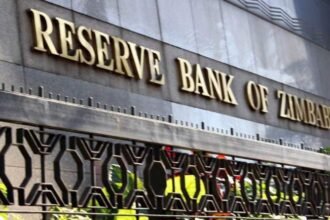In a weekend of significant shifts in Cuba’s informal currency market, both the dollar and the euro saw price increases. Notably, the euro hit a record high this Saturday, July 26, reaching its peak in recent months, according to the independent outlet elTOQUE.
As of the morning of July 26 (a rate that persisted through Sunday, July 27), the European currency rose to 440 CUP, which is a three-peso increase from the previous day when it was valued at 387 CUP. Meanwhile, the dollar maintained its rate of 390 CUP, unchanged since July 24. The MLC also remained stable after a sudden drop of five points, settling at 220 CUP.
The median rates from the last 24 hours show the euro selling at 442.50 CUP and buying at 425 CUP. The dollar remains at 390 for both purchasing and selling. As of July 27, 2025, 11:00 am, the exchange rates in Cuba are as follows:
Exchange Rates on July 27, 2025:
- USD to CUP according to elTOQUE: 390 CUP.
- EUR to CUP according to elTOQUE: 440 CUP.
- MLC to CUP according to elTOQUE: 220 CUP.
Here is the conversion of U.S. Dollar (USD) bills to Cuban Peso (CUP) based on the current rates:
- 1 USD = 390 CUP
- 5 USD = 1,950 CUP
- 10 USD = 3,900 CUP
- 20 USD = 7,800 CUP
- 50 USD = 19,500 CUP
- 100 USD = 39,000 CUP
Conversion of Euro (EUR) bills to Cuban Peso (CUP):
- 1 EUR = 440 CUP
- 5 EUR = 2,200 CUP
- 10 EUR = 4,400 CUP
- 20 EUR = 8,800 CUP
- 50 EUR = 22,000 CUP
- 100 EUR = 44,000 CUP
- 200 EUR = 88,000 CUP
- 500 EUR = 220,000 CUP
Last week, Cuban Prime Minister Manuel Marrero Cruz announced to the National Assembly of People’s Power (ANNP) that a new “mechanism for the management, control, and allocation of foreign currency” will be implemented in the second half of 2025. This initiative is part of the so-called “Government Program to correct distortions and reinvigorate the economy.”
According to Marrero, the new model will involve transforming the official exchange market, consolidating financing schemes, and purportedly achieving a more efficient redistribution of foreign currency generated by state-owned enterprises. Meanwhile, the informal market continues to set the pace, with the Cuban peso losing value and remittances from emigrants becoming the lifeline for millions of households.
Cubans are still compelled to purchase dollars on the street to buy food, medicine, or pay for migration procedures. Experts have long warned that any attempt to reorganize the exchange system without an inclusive policy will only exacerbate inequality. Without real access to foreign currency, the population remains trapped in a parallel economy that disproportionately affects the most vulnerable.
Understanding Cuba’s Informal Currency Market
Why has the euro reached a record high in Cuba’s informal market?
The euro’s record high in Cuba’s informal market is due to increased demand and limited supply, as well as economic instability within the country.
What impact does the informal currency market have on everyday life in Cuba?
The informal currency market significantly affects daily life in Cuba by dictating the real value of money, as many Cubans rely on it to obtain foreign currencies needed for essential purchases and services.
What are the proposed changes to Cuba’s official exchange market?
The proposed changes include transforming the official exchange market, consolidating financing schemes, and improving the redistribution of foreign currency generated by state enterprises.




















